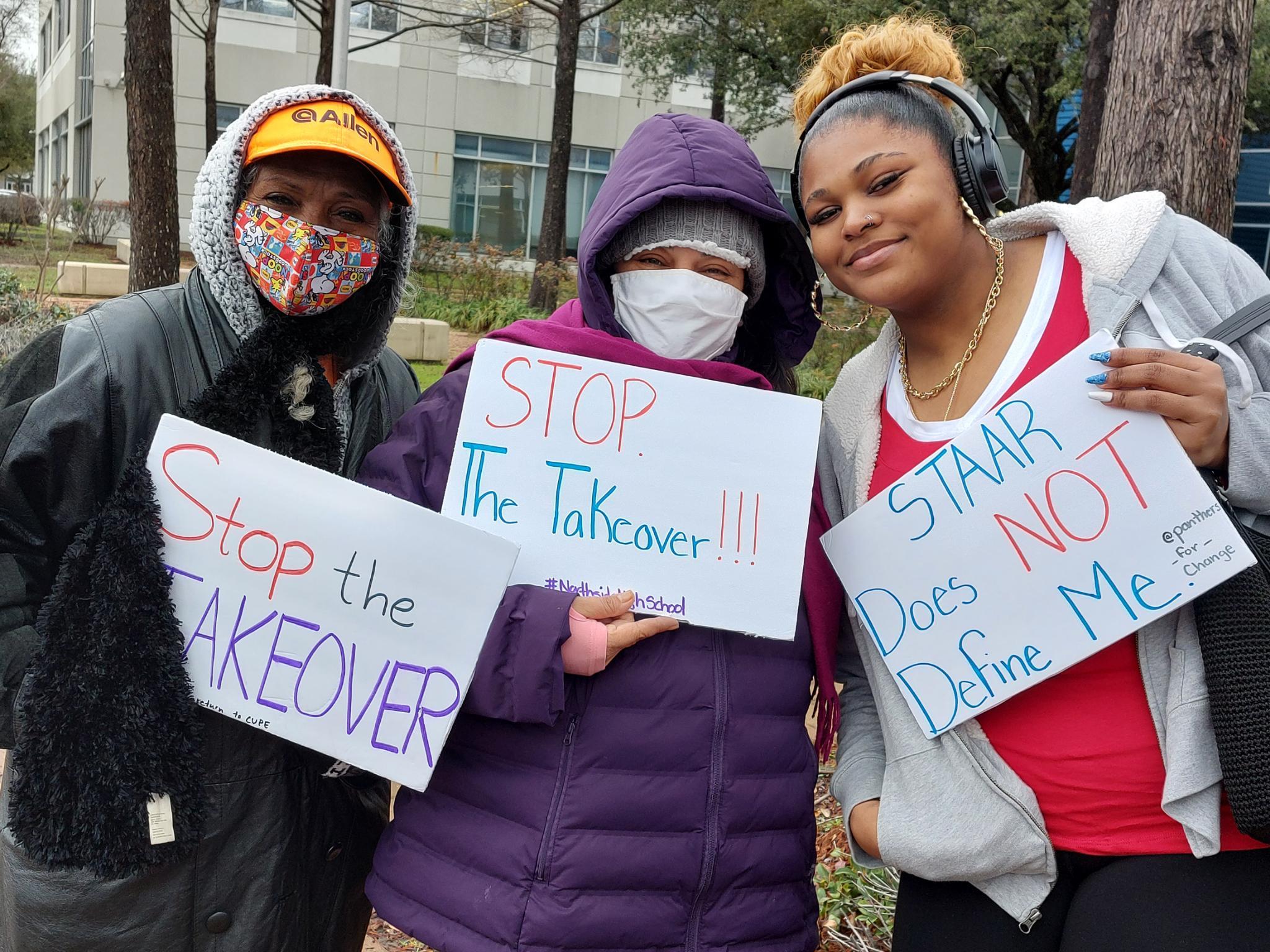
Texas is a Purple State Now. The Proof is in Last Night’s Results.
Tuesday’s midterm was the best election result for Texas Democrats since at least 1994, and gives a lot of reasons to think that something has meaningfully changed in this state.


When Ted Cruz slipped ahead of Beto O’Rourke in the count last night, there was a wave of anguish and recrimination from Democrats on social media — some from Texas, many not. That’s understandable. The hype around the Texas Senate race unduly raised expectations, and most national Democrats were paying little attention to anything in Texas other than the Beto campaign and a handful of congressional races.
But doing so misses the bigger picture. The absolute most generous thing you can say about the performance of the Texas Republican Party last night is that they won their statewide races. In every other meaningful sense, they had a horrible, no-good, very bad night. Texas Democrats scored an impressive performance up and down the ballot and around the state in a midterm election year, their historical kryptonite, and are positioned to make a stronger push in 2020. This was the best election result for Texas Democrats since at least 1994, and gives a lot of reasons to think that something has meaningfully changed in this state. It was an earthquake.
This might surprise you, so let’s run down the list. Start with the marquee race: In 2012, Mitt Romney and Ted Cruz both won Texas by about 16 percentage points. In 2014, Greg Abbott defeated Wendy Davis by about 20 points. In 2016, Donald Trump won by about 9 points. Ted Cruz’s winning margin this year sits at about 2.7. That’s atrocious, and if you’re Cruz, whose entire political career has been spent owning the libs, it’s a number to be embarrassed by. It’s the closest winning margin for a top-of-the-ticket candidate — for president, governor, or U.S. Senate — since 1990, when Ann Richards squeaked by Clayton Williams.
O’Rourke had a lot of assets. He became a media phenom and raised an ungodly amount of money. But it’s important to note that he had many disadvantages. The Democratic infrastructure in Texas is atrophied and dysfunctional, and has been a drag on every statewide candidate in the last 20 years. O’Rourke came within a polling error of a victory without strong ticketmates or strong institutional support. With some more help, he might well have won.
That collective room for improvement for Democrats is what makes the rest of the results so striking. The best-performing statewide GOP candidate was Governor Greg Abbott, who beat Lupe Valdez by more than 14 points. (A meaningful improvement on Wendy Davis’ 20-point loss, but still bad.) Comptroller Glenn Hegar and Land Commissioner George P. Bush did worse, but essentially fine. But Lieutenant Governor Dan Patrick and Agriculture Commissioner Sid Miller both won by less than 5 points, and indicted Attorney General Ken Paxton won with a miserable margin of 3.6.
Something happened this year that has not happened before — Republican-leaning voters studied specific down-ballot races and broke ranks. That’s a terrible omen for Republicans, who spent the month before the election begging voters to vote straight-ticket R. Once voters get in the habit of splitting their ballot, they’re more likely to do so in the future. It’s an added incentive for strong Democratic candidates to run for statewide office. And, perhaps stupidly, Republicans in the Legislature eliminated straight-ticket voting starting with the 2020 election.
In 2016, Donald Trump won by about 9 points. Ted Cruz’s winning margin this year sits at about 2.7.
Go down the ballot and the news for Republicans keeps getting worse. Democrats picked up two congressional districts they were gunning for, the 7th in Houston and the 32nd in Dallas. (A third, the 23rd, looks like it might be heading to a recount.) Democrats will need to defend them in 2020 but it ought to be easier to retain them in a presidential year, which means the target list can be expanded.
There are five more congressional districts that Republicans won this year by less than 5 points. Extremely wealthy Michael McCaul, whose district is anchored in Austin, won by just 4 points. Chip Roy, Cruz’s former chief of staff, won his Austin-to-San Antonio district by less than 3 points. DFW-based Kenny Marchant won his race by about 3 points; Houston’s Pete Olson won by 5; and John Carter, north of Austin, won by about 3 points. All of these are great targets next cycle, and they’re likely to attract strong candidates and national backing. Expect more Republican retirements opening up winnable seats, too.
The same dynamic plays out in the state Senate and state House — solid wins, and the target list expands. It was once a kind of conventional wisdom that the only real swing district in the Texas Senate was the 10th district in Fort Worth, which Wendy Davis represented before running for governor, and the joke was that it wasn’t that swingy. Last night, Democrats knocked out the libertarian tea partier who won Davis’ seat by a comfortable margin, and then blew incumbent Don Huffines out of the water in a nearby district by 10 points. There are two more good targets for Democrats next cycle. Joan Huffman won re-election in Houston by just 2.4 points and Angela Paxton, Ken’s spouse, won her district by under 5.

In the House, Democrats significantly outperformed expectations, winning 12 seats for a total of 67 in the 150-member body. Democrats knocked out some pretty bad actors, from payday lender Gary Elkins to Matt Rinaldi, who called ICE on immigration protesters in the House last year and then threatened to shoot a fellow legislator. There are another eight seats that Republicans won by less than 5 points, some achingly close.
Dwayne Bohac won by 0.3 points, Morgan Meyer won by just 0.2 points, and Matt Shaheen won by just 0.6 points. Tea party wunderkind Jonathan Stickland won by 2.4, and tea party granddad Bill Zedler won by 3.7. If Democrats win every seat they won this year and every district that they lost by less than five points — a heavy ask, of course — they’d end up with a 75-75 tie in the House.
But all of the above doesn’t even sum it up. There are significant victories elsewhere on the ballot — significantly, the Democrats elected their own as Harris County clerk, meaning they’ll run elections in the nation’s third-most populous county — but they also brutalized the Republican Party in Houston and Dallas, sweeping political offices and the courts. They even knocked off Harris County Judge Ed Emmett, the most important Republican in Texas outside state government, who had tried hard to run away from the tea party.
And there’s the way the map looks, too. It’s not new for Democrats to win the state’s big cities, but the blue dots are expanding. O’Rourke won Fort Worth’s Tarrant County, the party’s last urban hold-out. Democrats consolidated their control of Fort Bend County, Houston’s great suburban orbiter, formerly beet-red, which broke for Clinton last year. DFW’s Collin and Denton counties and their exurbs gave a pathetic return for Cruz, a very worrying omen for the GOP. And the party smashed open the greater Austin metroplex, carefully “cracked” by gerrymandering, where they picked up three state House seats that were intended to remain the permanent possession of the Republican Party.

It’s perfectly plausible that 2018 will turn out to be a new party high-water mark, and just that, just as the party’s good results in 2006 and 2008 were aberrations. A lot of things lined up this year. The result was the culmination of years of work by groups like the Texas Organizing Project and others that set out to register voters; the unique unpopularity of Ted Cruz and Donald Trump; once-in-a-generation anger from non-white and young voters, women, suburban independents and others; and gross incompetence and corruption from the state Republican party. Things may not line up that way again.
And there was Beto O’Rourke, of course, whose weird and wholly unique campaign tied a lot of that together and sold it as a single narrative to voters. No one can say how much of what happened last night comes down to O’Rourke, but it’s definitely the case that it couldn’t have happened without him. Which is to say nothing of the things that O’Rourke said that he hoped to accomplish with this run. When I sat with him in a crummy hotel bar after a modestly attended campaign rally in Lubbock last July, he told me that he thought he could win. He didn’t succeed at that.
But he also talked, just as much, about the effect he hoped his race would have on the people around him. He would go to places Democrats don’t go, engage people in a politics that was collaborative, spontaneous and felt good, and hope that it gave them tools and encouragement to keep going after he was done. The success of that project was dependent on O’Rourke doing well enough, and proving the haters wrong. He did. Only time will tell what the race left behind. But according to his own terms — and let’s use a damn cuss here, in tribute to the man — it looks like he knocked it out of the fuckin’ park.




